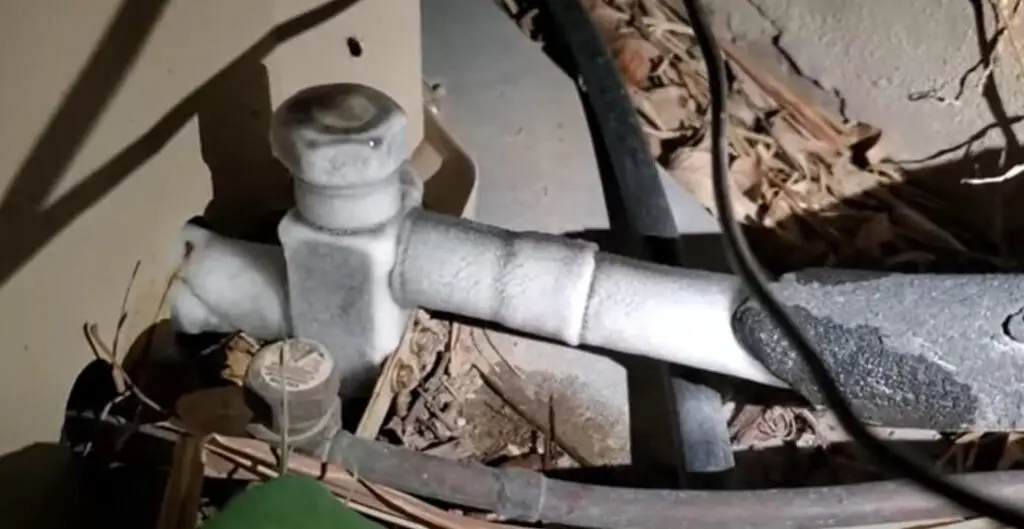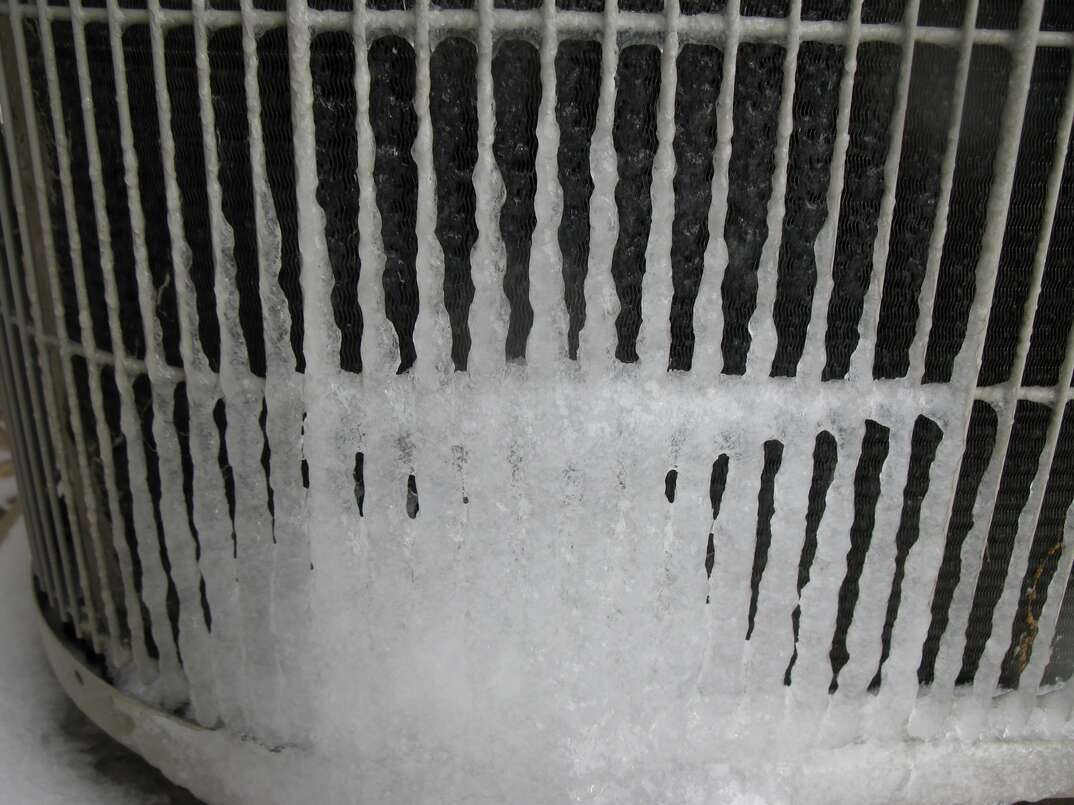Icy Air Conditioner Pipe - Recognizing and Resolving the Issue Quickly
Icy Air Conditioner Pipe - Recognizing and Resolving the Issue Quickly
Blog Article
How do you feel with regards to Air Conditioner Frozen? How To Fix your Frozen AC Line?

Intro
Finding that your air conditioning pipe is frozen can be worrying, particularly throughout hot summer months when you depend on your a/c unit the most. Comprehending what to do in such a situation is important to stop more damages to your cooling system and guarantee your convenience indoors.
Recognizing the Causes
Numerous variables can add to the freezing of an air conditioning pipe. Recognizing these reasons can help you resolve the problem successfully.
Lack of Airflow
One usual root cause of a frozen air conditioner pipe is inadequate airflow. When the air flow over the evaporator coil is restricted, it can trigger the coil to go down below freezing temperature, resulting in ice development on the pipe.
Reduced Refrigerant Levels
Inadequate cooling agent levels in your AC system can likewise result in an icy pipe. Reduced cooling agent levels can trigger the stress in the system to drop, bring about the freezing of wetness on the evaporator coil.
Cold Weather Conditions
In colder climates, freezing temperature levels outside can contribute to the cold of AC pipes. If your air conditioner system is not effectively insulated or if there are leaks in the ductwork, chilly air can penetrate the system, triggering the pipeline to freeze.
Dirty Air Filters
Filthy or clogged up air filters can limit airflow in your air conditioning system, bring about numerous issues, including a frozen pipeline. It's necessary to replace or clean your air filterings system frequently to ensure correct airflow and avoid ice accumulation.
Indicators of a Frozen Air Conditioner Pipe
Recognizing the signs of a frozen a/c pipeline is crucial for prompt action.
Decreased Airflow
If you discover a considerable reduction in air movement from your vents, it might show an icy pipeline.
Ice Buildup on the Pipe
Visible ice build-up on the cooling agent line or the evaporator coil is a clear sign of an icy air conditioner pipeline.
Weird Sounds from the Unit
Uncommon noises, such as hissing or gurgling, originating from your air conditioning device can signify that there's ice present on the pipe.
Immediate Actions to Take
When confronted with an icy AC pipe, it's necessary to act rapidly to prevent further damage to your cooling system.
Shutting off the AC
The initial step is to shut off your air conditioning system to avoid the system from running and worsening the issue.
Checking for Blockages
Inspect the area around the interior device for any kind of blockages that might be obstructing air flow, such as furniture or curtains.
Thawing the Pipe
You can use mild approaches like putting towels soaked in warm water around the icy pipeline to help thaw it slowly.
Preventive Measures
Taking preventive measures can help stay clear of future events of a frozen AC pipe.
Normal Maintenance Checks
Arrange routine maintenance consult a specialist HVAC service technician to make sure that your AC system is running efficiently.
Changing Air Filters
Routinely change or clean your air filters to stop airflow constraints and preserve optimal performance.
Insulating Exposed Pipes
If your air conditioner pipes are revealed to chilly temperatures, take into consideration protecting them to stop cold during winter season.
Seeking Professional Help
If DIY approaches stop working to solve the problem or if you're unsure regarding just how to proceed, it's ideal to seek aid from a qualified HVAC specialist.
When DIY Methods Fail
If your efforts to thaw the pipe or address various other issues are not successful, it's time to hire an expert.
Value of Hiring a Professional HVAC Technician
A licensed HVAC professional has the expertise and tools needed to detect and repair problems with your AC system safely and properly.
Conclusion
Taking care of an icy a/c pipeline can be a frustrating experience, however recognizing how to respond can assist decrease damage and bring back convenience to your home. By understanding the reasons, identifying the signs, and taking timely activity, you can properly address the problem and protect against future occurrences.
What to Do If Your AC Line Is Frozen
Make Sure All Supply and Return Air Vents Are Open
If you notice problems with airflow, the first thing you should do is check your supply and return vents. Supply vents distribute clean, conditioned air throughout your home. As this air becomes stale, it’s pulled into the return vent, where it’s reconditioned before being sent back out through the supply vent.
When these vents are closed, air won’t flow in the home. Before examining your AC, check the vents in every room and ensure they’re all open.
Check for a Dirty Air Filter
Another possible cause of limited airflow is a dirty air filter. Your air conditioner’s filters catch elements you don’t want to breathe in, such as dirt and dust. Over time, filters can become clogged, ultimately blocking air from flowing in and out. The lack of airflow can then cause the entire coil to freeze and will completely restrict any air from moving through it. The AC may need to be powered off for one to two days to allow the coil to thaw after replacing the filter to allow proper functioning of the unit. This debris can also accumulate on your AC’s evaporator coil, requiring a more serious repair. In general, air filters should be cleaned regularly (about every two weeks).
Assess Your Outdoor Unit
In addition to checking your AC, assessing the outdoor unit is a good idea. Also known as the condensing unit, it works with your interior unit to release heat outside. An issue with the outdoor unit can result in rising internal temperatures.
Overgrown Shrubs or Clogged Leaves
From leaves and twigs to shrubs and debris, there’s no shortage of outdoor elements that can accumulate around your condensing unit. When these elements get lodged inside the unit, they can block airflow. Fortunately, removing the blockage can solve the problem.
Sounds of a Broken Fan
Shrubs and leaves aren’t the only things that can impede your outdoor unit’s airflow. If the fan is broken, the unit won’t be able to properly get rid of heat — which means the internal temperature won’t go down. First, make sure the fan is spinning. If it is, check for the following sounds of a broken fan:
Buzzing Rattling Screeching Hissing Clicking Preventative Measures
Nobody wants to deal with a frozen AC line. In addition to causing problems with your air conditioner, they require professional repairs. On the bright side, there are preventative measures you can take to help ensure this issue doesn’t arise in the first place.
https://www.coopergreenteam.com/blog/what-to-do-if-ac-line-frozen

I was shown that report about What Do I Do If My AC Pipe Is Frozen from a friend on our other blog. Sharing is good. Helping others is fun. Thank you for your time spent reading it.
Go Deal Report this page